Data were weighted using the method of iterative proportional fitting so as to represent the US civilian population (Battaglia et al., 2009). A total of 2,002 individuals who had resolved an AOD problem were included in the final analyses. About half of Americans who self-identify as having resolved an AOD problem continue to use AOD in some form. It appears that although abstinence is, for many, not a requisite for overcoming an AOD problem, it is likely to lead to better functioning and greater well-being. Further, people appear to gravitate toward abstinence/lower risk substance use with greater time since problem resolution. Kaiser Permanente primary care physicians are trained to screen for possible alcohol misuse at every appointment and connect members who need support to addiction medicine specialists.
Treatment of Substance Use Disorders
For instance, when addressing smoking cessation, clinicians employing this model delve into aspects like lifestyle, diet, and exercise habits, recognizing their impact on overall health. This holistic understanding proves instrumental in motivating tangible and sustainable behavioral changes. Individuals grappling with substance use disorder (SUD) and addiction often face complex challenges, necessitating a multifaceted approach for resolution.
- Some of the most helpful strategies for dealing with cravings are summarized in the acronym DEADS.
- The recovery process from drug or alcohol addiction often involves a person making a significant change(s) to improve their quality of life, including overall health and wellness.
- In fact, people in recovery might be better off if the term “relapse” were abandoned altogether and “recurrence” substituted, because it is more consistent with the process and less stigmatizing.
- Sometimes it is helpful to have these consequences listed on a small card that you keep with you.
- Such programs are also a cost-effective way to deliver treatment.
- The collaborative nature of MI respects the diverse progression of individuals through the stages, acknowledging their readiness and ambivalence.
Recovery options
For our analyses we coded time since resolving an AOD problem in total years with decimal places. The first three to six months of change are usually the most difficult. The period after that will be hard, too, but not quite like it was in the beginning. If you get discouraged, remember that others before you have overcome addiction. Addiction medicine is about more than just clinical care — it’s about acceptance and understanding.
Relapse rates for drug use are similar to rates for other chronic medical illnesses. If people stop following their medical treatment plan, they are likely to relapse. Like treatment for other chronic diseases such as heart disease or asthma, addiction treatment is not a cure, but a way of managing the condition. Treatment enables people to counteract addiction’s disruptive effects on their brain and behavior and regain control of their lives. There is hard data showing that the changes to the brain’s neurotransmitters and neural circuits that turn repeated substance use into addiction https://yourhealthmagazine.net/article/addiction/sober-houses-rules-that-you-should-follow/ can be reversed after cessation of drug use, even in the case of addiction to methamphetamine. That is because the brain is plastic and changes in response to experience—the capacity that underlies all learning.
Professional Treatment
Addiction medicine physicians are specifically trained in a wide range of prevention, evaluation, and treatment methods for helping people with SUD and addiction. We’re here to help you make the transition into recovery — using evidence-based care and a compassionate, whole-person approach. Located in Lake Arrowhead, California, Serenity Lodge is an accredited addiction treatment center for both men and women. The Licensed Therapists at Remedy Therapy utilized evidenced based therapies which are empirically based treatment models accepted in the therapeutic community. In The Rooms is a free online recovery tool that offers 130 weekly online meetings for those recovering from addiction and related issues.
What is an SUD?
Attending religious services, regular community service, and daily prayer are examples of activities that have helped many who believe a higher power is essential to their continued recovery. Reaching out to a local church ministry, or contacting the United Way in your area, can get you started. At the same time, the addicted person’s family will be going through its own recovery process. Re-establishing trust and mutual respect can take months or even years. Nothing can replace the healing properties of time spent together with loved ones.
Please call us at to speak with an admissions navigator who can answer any questions you have about addiction recovery information and give you more rehab information. There needs not be any doubt in taking additional assistance whether it is you or someone dear to you. Plenty of resources are available such as helplines, internet forums, and centers of addiction recovery. These guide people into a clean life from drug addiction along with the help of experts. People can overcome drug addiction and have a satisfying life by following these steps and getting professional assistance.
And it ultimately led to his descent into drug abuse addiction, which claimed his life. American Addiction Centers (AAC) operates several facilities across the U.S., providing multiple levels of care and specialized treatment tracks for specific demographics, such as Veterans, LGBTQ+, and more. No matter the addiction — drugs, gambling, shopping, smoking, alcohol or more — people who want to kick their habit in the new year might find help in a new Harvard University publication.
Learning new coping skills for dealing with unpleasant feelings is another pillar of recovery. Recovery is a process of change through which people improve their health and wellness, live self-directed lives, and strive to reach their full potential. Even people with severe and chronic substance use disorders can, with help, overcome their illness and regain health and social function. Being in recovery is when those positive changes and values become part of a voluntarily adopted lifestyle. At Briarwood Detox Center, we treat addiction as the medical condition it is.
Sometimes it is helpful to have these consequences listed on a small card that you keep with you. You can learn to manage your problems without falling back on your addiction. When you’re confident in your ability to quickly de-stress, facing strong feelings isn’t as intimidating or overwhelming. Once you’re sober, the negative feelings that you dampened with drugs will resurface. For treatment to be successful, you’ll first need to resolve your underlying issues. Sober living homes provide a safe, supportive place to live while you’re recovering from drug addiction.
- Addressing these myths is just one way we work to break down barriers to recovery.
- In treatment settings, clinical diagnoses and health problems often focus on behavioral changes as a fundamental element for health prevention and maintenance.
- These models recognize the cyclical nature of change, emphasizing the potential for relapses and reinforcing the importance of ongoing support.
- The alcohol and drug addiction recovery process can look different for each person and is based on the level of care determined for a person, so treatment is often tailored to the individual.4 Program lengths vary.
- That is because the brain is plastic and changes in response to experience—the capacity that underlies all learning.
Read Choosing Drug Rehab and Addiction Treatment to learn more. By providing options for recovery, individuals can choose the approaches that resonate with their needs and preferences. This inclusivity fosters a sense of empowerment, encouraging active participation in the recovery process. Whether through individual or group therapy, medication-assisted treatment, or holistic interventions, tailoring the approach to the individual’s circumstances enhances the effectiveness of addiction recovery efforts.
- Because addiction can affect so many aspects of a person’s life, treatment should address the needs of the whole person to be successful.
- This helpline is answered by Treatment X LLC, an addiction treatment provider with treatment facilities in Ohio, Pennsylvania, and California.
- It may require checking into a rehabilitation facility.45 Recovery can be challenging, but it is possible.
- Below is a sampling of many types of support that can be found.
- The first three to six months of change are usually the most difficult.
The traditions focus on unity, effective leadership, and independence. They also address questions related to financing the group and managing public relations. Let’s examine these 12-step programs more closely, including the individual steps and the traditions that help guide them. We’ll also explore their effectiveness, the pros and cons you should consider, and how to make them work as part of a treatment Sober House Rules: What You Should Know Before Moving In plan. Gaining the skills to avoid relapse is a necessary part of the recovery process.
A modern medical analysis reveals how psychosis, epilepsy, and thiamine deficiency shaped his tragic decline. Shift perspective to see relapse and other “failures” as opportunities to learn. Identify other factors in your life—relationships, work—that can help take the focus off addictive behaviors. • Empowerment—finding the wherewithal to cope with recovery and the challenges of life, which breeds a sense of self-efficacy. • Identity—shifting towards a new, positive view of oneself, one more aligned with one’s deeper values and goals, one built on self-confidence gained by acquiring new skills and new behaviors.
Drugs, Brains, and Behavior: The Science of Addiction
SAMHSA envisions that people with, affected by, or at risk for mental health and substance use conditions receive care, achieve well-being, and thrive. Additionally, medications are used to help people detoxify from drugs, although detoxification is not the same as treatment and is not sufficient to help a person recover. Detoxification alone without subsequent treatment generally leads to resumption of drug use. While relapse is a normal part of recovery, for some drugs, it can be very dangerous—even deadly. If a person uses as much of the drug as they did before quitting, they can easily overdose because their bodies are no longer adapted to their previous level of drug exposure. An overdose happens when the person uses enough of a drug to produce uncomfortable feelings, life-threatening symptoms, or death.
Aftercare Programs
Detox focuses on safely removing harmful substances from the body, but it doesn’t address the psychological and behavioral aspects of addiction. CADCs provide individual and group therapy to help people living with addiction. They’re trained in counseling, relapse prevention, and helping patients recognize patterns and make healthy changes. If you were addicted to a prescription drug, such as an opioid painkiller, you may need to talk to your doctor about finding alternate ways to manage pain.




